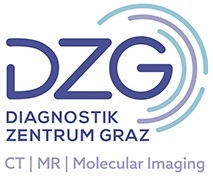Technical quality control for ultra-low-dose imaging and quantitative evaluation of clinical dual energy imaging with energy-integrated detector computer tomography in comparison with clinical photon-counting detector computer tomography
Clinical computed tomography (CT) is a highly established diagnostic imaging tool in healthcare. Due to its high impact on medical diagnosis and therapy planning, the technology is evolving rapidly. ALARA (“As low as reasonably achievable”) in terms of radiation exposure for medical purposes with the primary intention to bring health benefits to the individual is one of the most important principles for acquiring medical images with radiation exposure. Hence, the optimization of image acquisition is an important part of clinical practice and is declared within the medical radiation protection regulation (§4 (1) MedSchV). In addition, the medical radiation regulation expels reference values for diagnostic CT imaging as a minimum requirement in clinical practice. However, due to new hardware technologies in computer tomography scanners as well as new acquisition and reconstruction techniques of imaging data the potential reduction of radiation exposure in medical CT imaging expands. Furthermore, especially with the availability of integrated photon counting detectors into clinical scanners, enhanced quantitative approaches lead to better tissue characterization and can add additional diagnostic information to raise the disease prognosis.
This project aims to compare the technical capabilities of a state-of-the-art clinical Dual-Energy CT scanner with a conventional energy-integrated detector system and a novel CT scanner with a photon counting detector installed. The main goal is to transfer the technical results into a daily clinical routine. This project is a cooperation with the Diagnostikzentrum Graz (DZG-Graz) and the University of Applied Sciences for Health Professions Upper Austria.
Projectteam
Mario Scheweder MSc
Academic Staff, Research Coordinator, Scientific and biometric member (deputy) of the institutional ethics board

